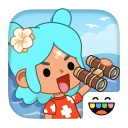Unlocking the Power of ChatGPT for Effective Translation
Aug-05-2024
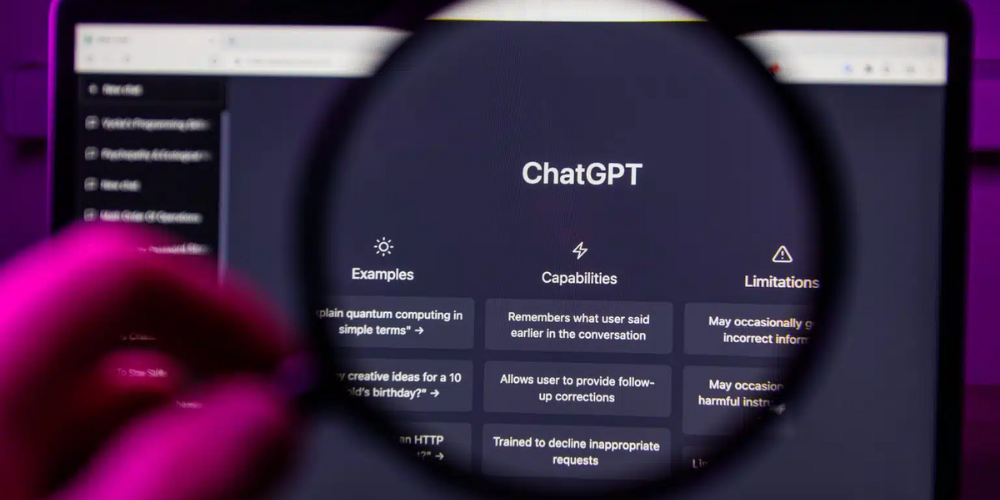
AI chatbots like ChatGPT have revolutionized how we interact with technology, offering a range of functionalities from generating content to coding. One often underappreciated feature is its ability to perform translations competently. In this article, we explore how ChatGPT measures up as a translation tool, its advantages, and some useful tips for optimized use.
ChatGPT: A Surprisingly Good Translator
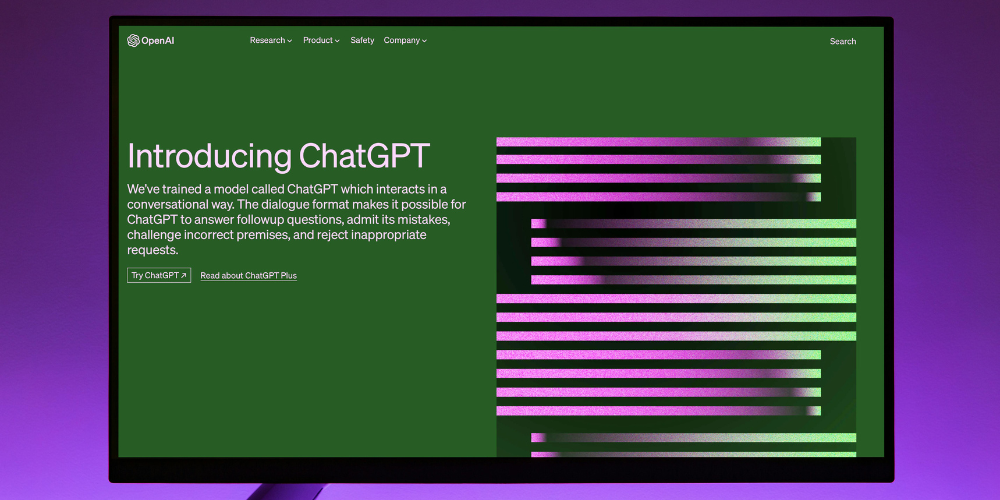
ChatGPT performs exceptionally well in the realm of translation, even though it was not designed specifically for this task. Trained on a broad array of text sources, it can comprehend and translate most major languages efficiently. This capability makes it a versatile tool for anyone needing to navigate multiple languages.
You might wonder why one would opt for ChatGPT over dedicated translation apps like Google Translate. The answer lies in its conversational design, which enables it to offer more contextually accurate translations. It can provide context and nuances that traditional translation apps often miss, making it an invaluable resource for informal and conversational translations.
Why Choose ChatGPT Over Traditional Translation Apps?
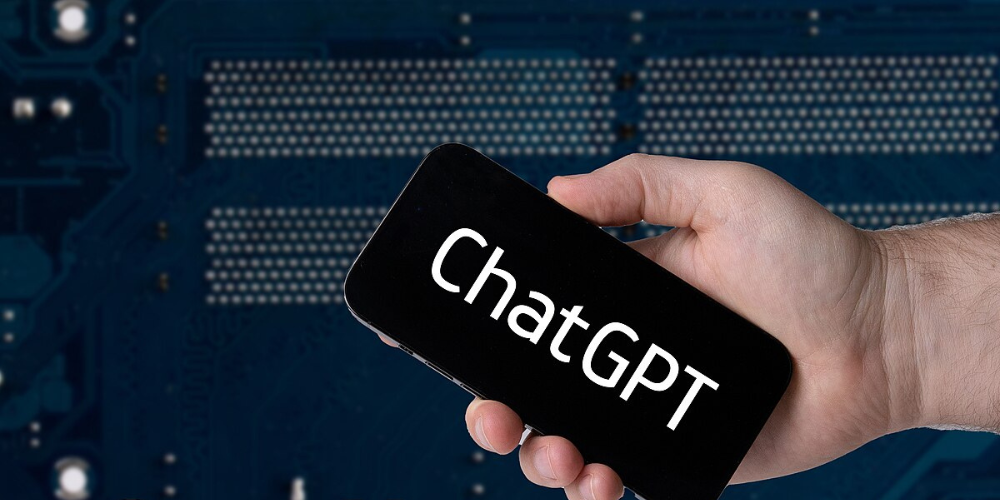
One compelling reason to choose ChatGPT is its ability to go beyond mere word-for-word translation. For example, when asked to translate text from English to Hindi, it may also offer advice on how to tailor the translation for informal conversations. This extra layer of depth adds considerable value, especially in nuanced social contexts.
Google Translate and other apps do not offer this level of conversational depth, leaving users to interpret context on their own. Moreover, the convenient accessibility of ChatGPT through its mobile app makes it easier to perform on-the-go translations without the need for additional software.
Comparing ChatGPT and Google Translate
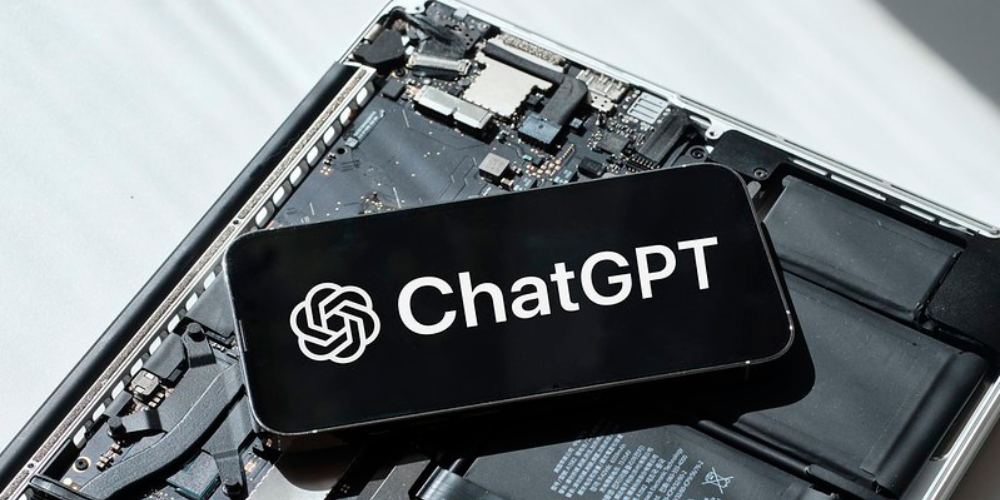
Large language models like ChatGPT have been trained on billions of text samples in multiple languages, which explains their proficiency in translation tasks. It’s worth noting that even Google’s own research acknowledges that AI models can outperform Google Translate in many cases, particularly in popular languages like Portuguese and Chinese.
Despite its strengths, ChatGPT does fall short when it comes to translating technical or highly formal texts. For such purposes, Google Translate’s more algorithmic and structured approach can provide more reliable results. Still, ChatGPT holds its own remarkably well for everyday language needs.
Getting Started with ChatGPT for Translation
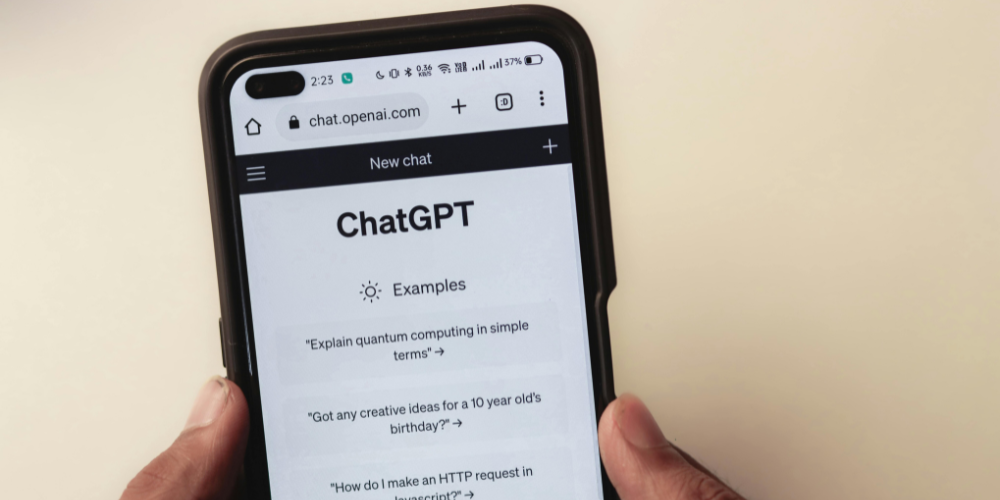
Using ChatGPT for translation is straightforward. For basic translations, a prompt like “Translate [text] into Chinese” will suffice. For more complex texts, like a medical report or job description, use a prompt such as “Translate the following into Spanish: [text]” to ensure clarity and accuracy.
The chatbot’s flexibility allows it to accommodate various levels of language proficiency. For simpler translations aimed at beginners, you can specify this in your prompt with phrases like “Translate [text] into Spanish for someone with basic language proficiency.” This can make the translated text more accessible and easier to understand.
Enhanced Understanding with ChatGPT
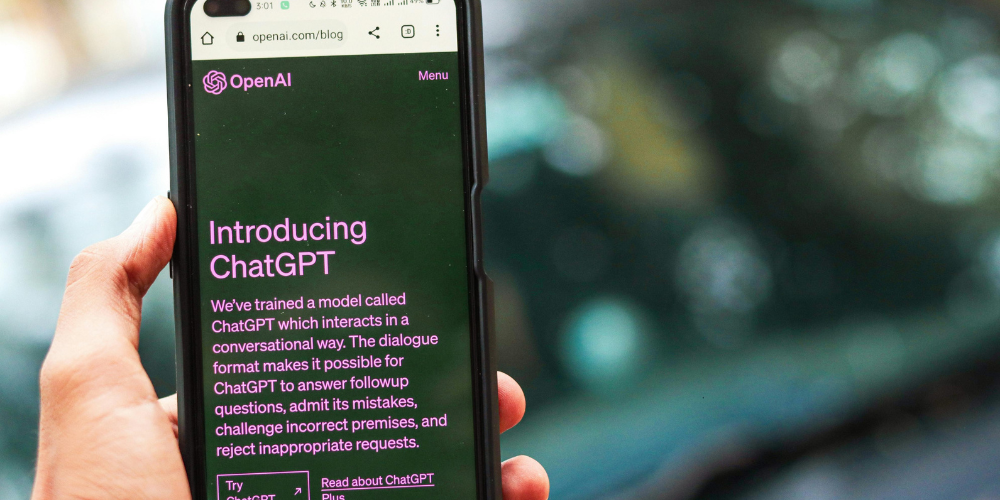
If you encounter unfamiliar words or phrases in a translation, ChatGPT can help clarify their meanings. By copying the term and pasting it into a new prompt, such as “I don’t understand why you used the word những, what does it mean?” the chatbot can provide a detailed explanation, improving your understanding of the language.
This contextual understanding is particularly beneficial for learners and casual users, allowing for a deeper engagement with the language. Unlike traditional apps, which merely translate text, ChatGPT encourages an interactive learning experience.
Customizing Translations for Specific Audiences
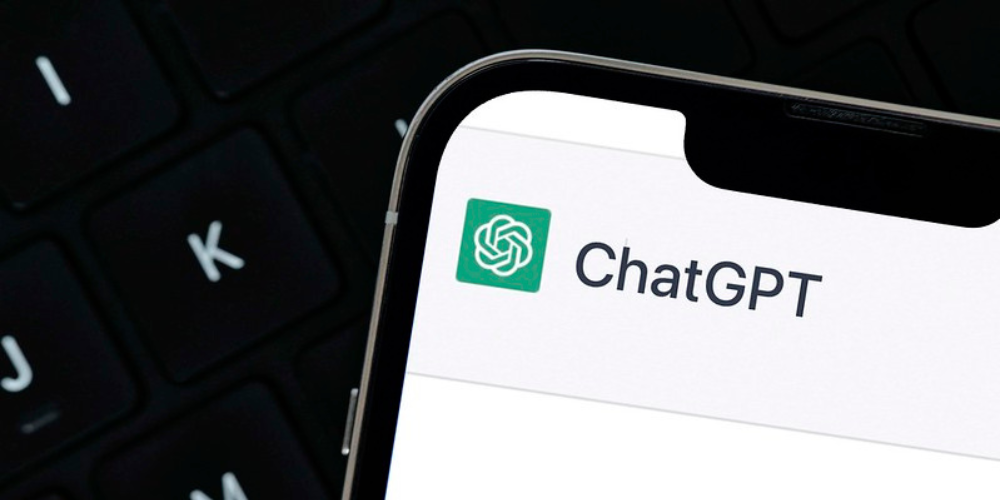
ChatGPT can tailor translations based on the intended audience and even the gender of the speaker, an essential feature for languages with gender-specific nouns and verbs, like French or Hindi. Specifying your audience before translating can markedly improve the accuracy and appropriateness of the translation.
For example, when translating a formal business email or an informal message, you can instruct ChatGPT to adjust the tone and vocabulary accordingly. This ensures that your communications are respectful and appropriate for the context, removing the guesswork that often accompanies language translation.
Alternative AI Chatbots for Translation

If you find that ChatGPT doesn’t meet your specific translation needs, alternatives like Google Bard may offer better results, especially for less-widely spoken languages. Different language models have been trained with diverse datasets, which can affect the accuracy and style of translations.
Experimenting with different chatbots can help you find the one that best suits your translation needs. Each platform has its strengths and may offer unique features that align better with your requirements, ensuring a more comprehensive approach to language translation.
Future Prospects: Emerging Models
The future of AI-driven translation looks promising with the anticipated release of advanced models like GPT-5 and Google’s Gemini. These models are expected to bring even more accuracy and contextual understanding, narrowing the gap between AI translations and human equivalence.
As technology evolves, the capabilities of chatbots like ChatGPT will likely expand, offering even more sophisticated translation options. This progression paves the way for more seamless and intuitive global communication, breaking down language barriers more effectively than ever before.



